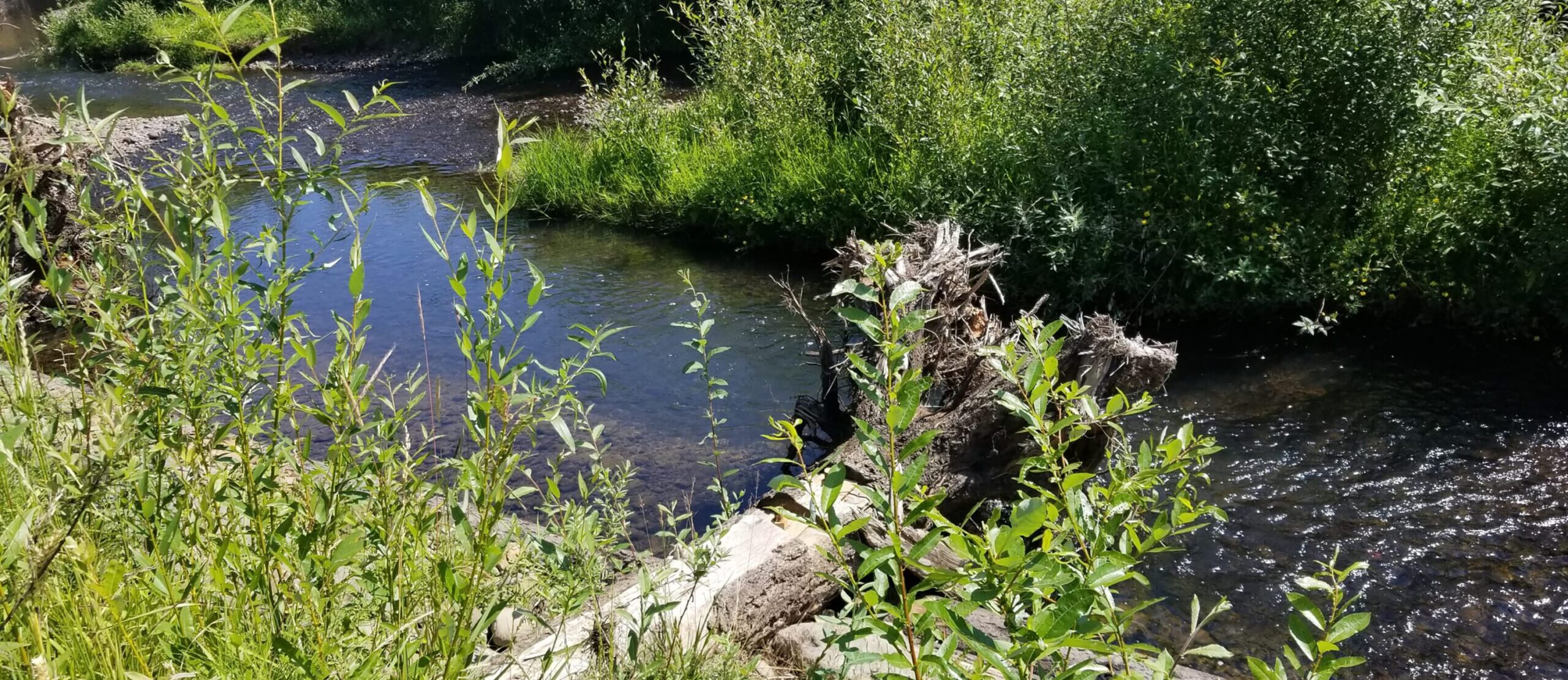

Read More Get to Know the Clackamas Soil and Water Conservation District

Read More Get to Know the Clackamas Soil and Water Conservation District

Read More Soil and Water Conservation Districts: A Best Kept Secret!

Read More Local partners join forces to tackle costly invasive weeds along the Clackamas River